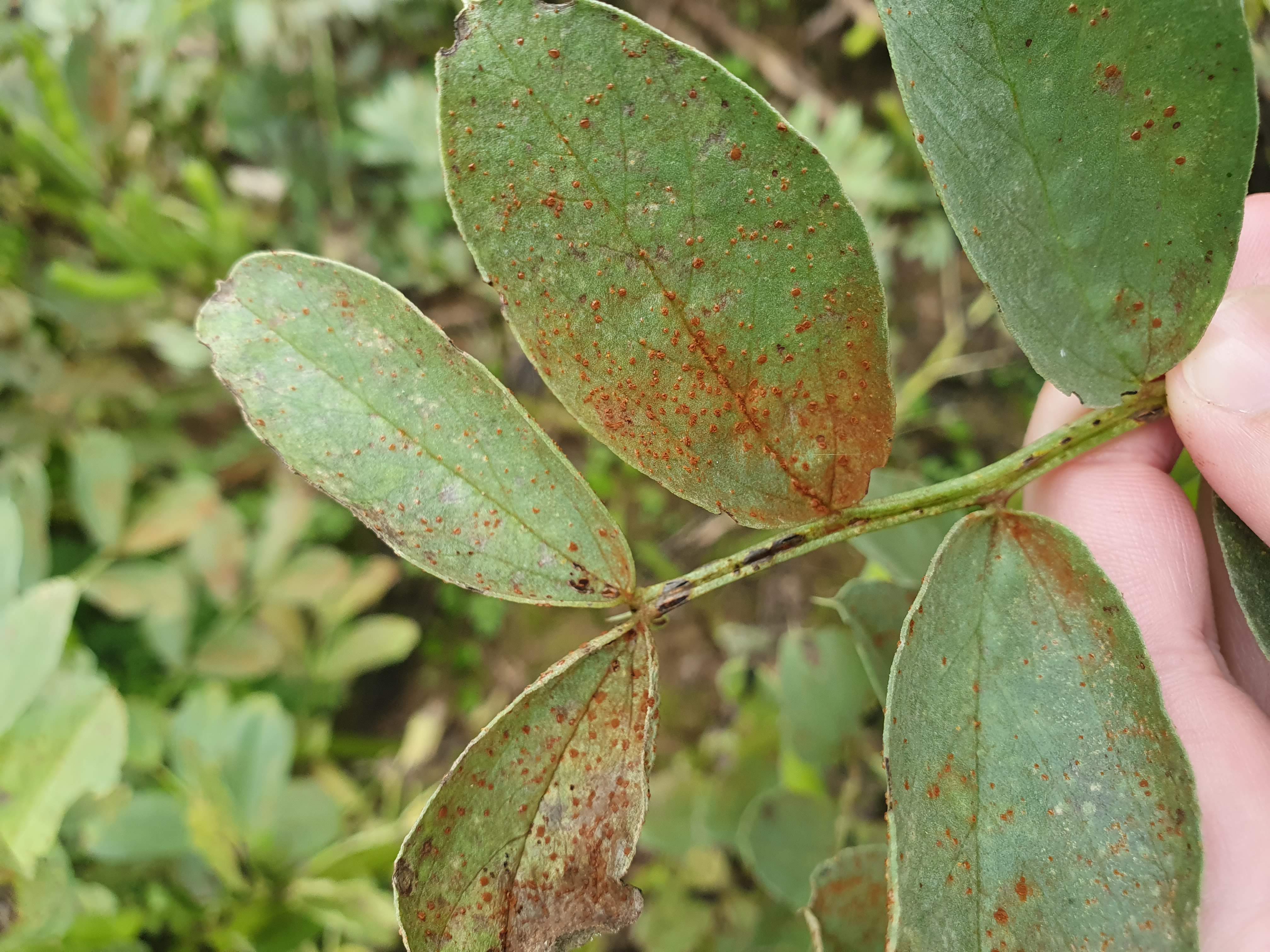Historically diseases have been controlled through fungicide applications. However there are now a number of different tools available to control disease in an integrated approach, such as more resistant varieties, the use of decision support systems and agronomic factors such as cultivation and sowing date. These come under the umbrella term of Integrated Pest Management (IPM).
Share any useful resources or tools for disease identification and management below.
Please visit specific plant disease Topic pages for information about lifecycles, economic impact, symptoms and identification, and methods of control (including IPM strategies).








